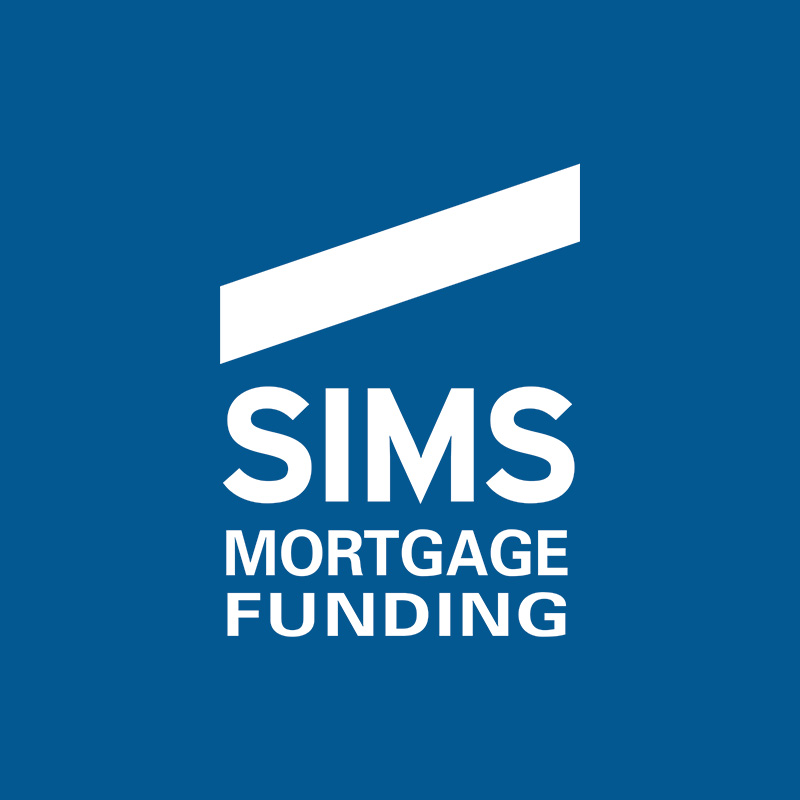If you ask five mortgage (or investment) bankers to define an affordable housing project, you’ll likely get ten different answers! It seems like just about every multifamily capital source, from state housing authorities to tax-credit issuers to rating agencies to HUD to Government Sponsored Entities defines affordable housing with its own twist. But regardless of definition, almost everyone agrees that the demand for affordable housing is stronger than ever.
HUD has been doing great work in affordable housing preservation through the Section 223(f) and Section 223(f)/202 programs. The latter has been used to refinance existing elderly housing projects that were financed with HUD Direct Loans. A typical Section 223 or 223(f)/202 refinance provides enough proceeds to prepay the prior loan, increase capital reserves, fund repair escrows and transaction costs, and provide the non-profit sponsor with a 15% Developer Fee. In some cases, the refinance loan generates “excess” proceeds that can be used for another project related to the non-profit sponsor, or a take-out of equity for a for-profit owner.
One of the most common financing options for the formation – and preservation – of affordable housing is through the Low-Income Housing Tax Credit program. LITHCs are sold to generate equity in an affordable housing development – the equity drives down the amount of leverage necessary to complete a project, lowering the debt service and keeping the rents down, i.e., affordable. Bond and bank financing are primary debt sources for LIHTC deals, but HUD’s Section 223(f) program for preservation is gaining popularity with LIHTC developers, while the industry awaits the release of the Section 221(d)(4) Pilot program for new construction/substantial rehabilitation. Credit HUD for adjusting the programs over the years – they have significantly increased the amount of allowable renovation work per unit for Section 223(f), and HUD has changed program requirements for the better by lowering mortgage insurance premiums and by accommodating the hard deadline and other “real world” considerations of LIHTC transactions. Through almost three quarters of Fiscal Year 2018, which ends on September 30, HUD has issued 147 Firm Commitments for LIHTC transactions totaling $1.813 billion. While the number of Commitments is running about 9% behind the same period for FY 2017, the volume of insurance is up 22%.
Although SMF’s humble origins were as a Section 232 healthcare lender, we have steadily increased our presence in the multifamily housing space, including affordable housing preservation. We have closed close to 40 HUD-insured loans for elderly and multifamily affordable housing projects using Section 223(f), 221(d)(4) and Section 223(f)/202. As the demand for affordable housing increases over the coming years, we expect HUD to continue to make its mortgage insurance programs more responsive in providing debt solutions. For additional information, please contact Andrew Patykula at apatykula@simsmortgage.com.

